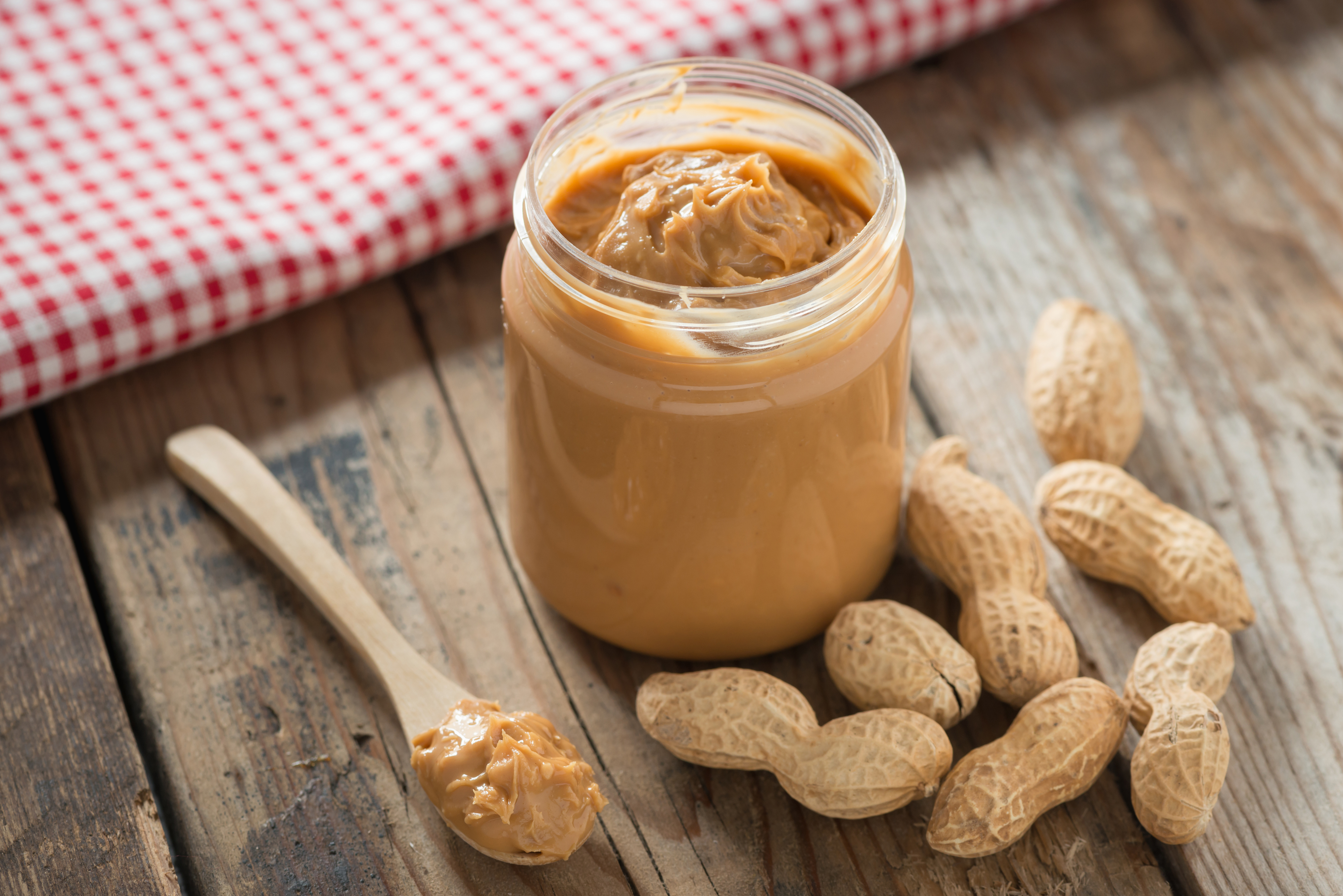Peanut butter is a creamy food spread made of roasted peanuts and salt. It can also include sugar and vegetable oils. People consume peanut butter in a variety of ways. It may be spread on bread or crackers or used in a dessert or other treat, such as peanut butter cookies. Like other nut butters, peanut butter is a good source of protein, vitamins, and minerals, although added fats and sugar can reduce its nutritional value.

It is a common misconception that the African American scientist George Washington Carver invented peanut butter. Carver made more than 300 products from peanuts, but he did not invent peanut butter. The ancient Inca and Aztec ground roasted peanuts into a paste. Several key inventions in the 1800’s and 1900’s improved the production and distribution of peanut butter. In 1884, the Canadian chemist Marcellus Gilmore Edson patented peanut paste. In 1895, the American nutritionist and inventor John Harvey Kellogg patented a way to use roasted peanuts to create peanut butter. He marketed the product to people who could not chew solid food. The American physician Ambrose Straub patented a peanut butter-making machine in 1903. In 1922, the American chemist Joseph Rosefield discovered a way to make smoother peanut butter. His peanut butter was much like the peanut butter popular today.
Peanut butter is available in a variety of types. It can be either smooth or crunchy. Bits of coarsely ground peanuts give crunchy peanut butter its texture. Natural peanut butter contains only peanuts and salt. Manufacturers often add such foods as chocolate, almonds, and honey to peanut butter.
Peanut butter is often paired with chocolate or jelly. Several candies, including the peanut butter cup, combine peanut butter and chocolate. The peanut butter and jelly sandwich is a popular food item among American children. The sandwich consists of bread, peanut butter, and jelly. United States Army troops ate peanut butter and jelly sandwiches during World War II (1939-1945), helping to popularize them.
